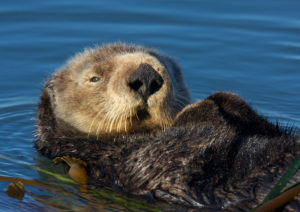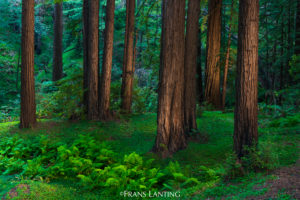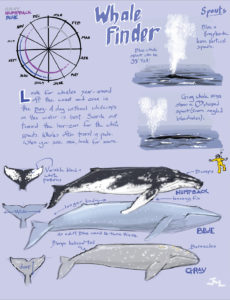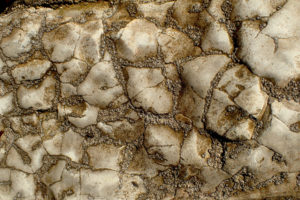A pod of humpback whales, about two or three families, adults with a few calves, have been dazzling whale-watchers since about October 18, as they feed in Monterey Bay about a quarter of a mile from Santa Cruz Harbor. Calm waters, warm weather, and an abundance of sardines, anchovies, and other baitfish have produced the ideal whale visit.
“It’s an exceptional occurrence,” says Alan Baldridge, a retired American Cetacean Society officer who lives on the bay south of Santa Cruz. Whales are common in Monterey Bay, but it is extremely rare for humpbacks, probably the most spectacular whale species to view, to be this close to land for an extended feeding session.
Cold-water upwelling (from Point Ano Neuvo to the north and the just-offshore 6,000-foot-deep Monterey Submarine Canyon) has pushed an influx of nutrients like nitrogen and phosphate compounds that feed phytoplankton, which form the base of the localized abundant food web, just offshore of the harbor.
“It’s the perfect storm,” says Dan Haifley, executive director of O’neill Sea Odyssey, a Santa Cruz-based ocean education organization.
Dolphins, sea lions, pelicans, and sea gulls are part of the feeding frenzy, too. Boatloads of whale-watchers, along with kayakers and some paddle-boarders, have been experiencing the humpbacks’ characteristic vertical lunge feeding, bubble-net feeding, and breaching.
The whales, which can weigh 45 tons and span 50 feet, are feeding aggressively and filling up before heading south to tropical and subtropical waters for the winter, where they will mate and calve, before heading north again in the spring to colder higher-latitude waters. Haifley guesses that they will remain in the Santa Cruz area for another week or so.
Concerns over the proximity of kayakers and others to the whales, which are federally protected, may lead to restrictions for the rest of the event. If you plant to visit the humpbacks, keep in mind the federal Marine Mammal Protection Act and the Endangered Species Act, which require a 100 yard distance from the animals and an effort to stay out of their path.
Learn more about whale watching off Santa Cruz.

.jpg)



